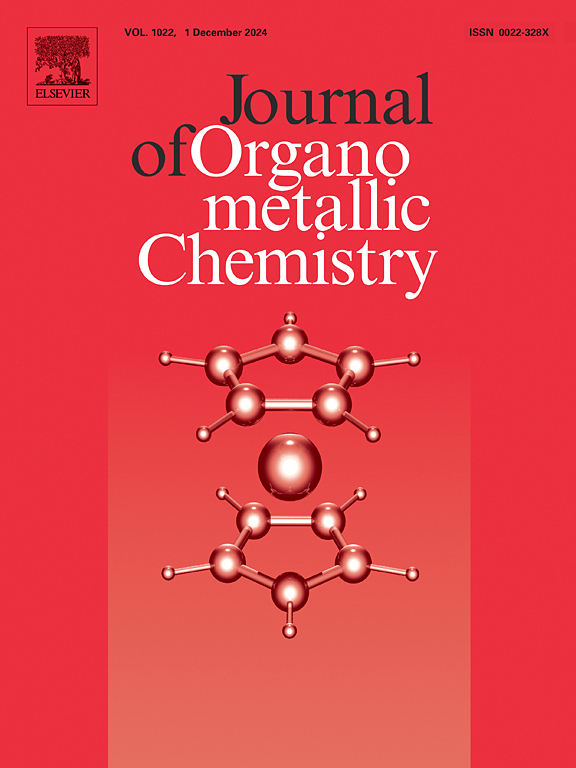Recent advances in the chemistry of selenopheno[3,2-b]selenophenes and their analogues
IF 2.1
3区 化学
Q3 CHEMISTRY, INORGANIC & NUCLEAR
引用次数: 0
Abstract
When two selenophene rings fuse at their b-edge, they form two unique structural isomers: selenopheno[2,3-b]selenophene and selenopheno[3,2-b]selenophene. This fusion enhances molecular conjugation, leading to distinct chemical and physical properties, such as improved electron delocalization compared to a single selenophene ring. Selenopheno[3,2-b]selenophenes are of particular interest in materials science due to their potential in organic semiconductors and luminescent materials. The synthesis of selenopheno[3,2-b]selenophene, along with related compounds like diselenopheno[3,2-b:2′,3′-d]selenophene and selenopheno[3,2-b]selenopheno[2′,3′:4,5]selenopheno[2,3-d]selenophene, can be accomplished using various methods. These include (i) Suzuki-Miyaura coupling, (ii) Stille coupling, (iii) Sonogashira coupling, (iv) McMurry cyclization, (v) Wittig reaction, (vi) Thorpe–Ziegler cyclization, and (vii) photocyclization reactions, among other techniques.
[3,2-b]硒苯及其类似物的化学研究进展
当两个硒烯环在其b边融合时,它们形成两个独特的结构异构体:硒苯[2,3-b]和硒苯[3,2-b]。这种融合增强了分子共轭性,导致不同的化学和物理性质,例如与单个硒烯环相比,改善了电子离域。硒化合物[3,2-b]由于其在有机半导体和发光材料中的潜力,在材料科学中引起了特别的兴趣。硒邻苯二酚[3,2-b]硒邻苯二酚[3,2-b:2 ',3 ' -d]硒邻苯二酚和硒邻苯二酚[3,2-b]硒邻苯二酚[2 ',3 ':4,5]硒邻苯二酚[2,3-d]硒邻苯二酚的合成方法多种多样。这些技术包括(i) Suzuki-Miyaura偶联,(ii) Stille偶联,(iii) Sonogashira偶联,(iv) McMurry环化,(v) Wittig反应,(vi) Thorpe-Ziegler环化,以及(vii)光环化反应等。
本文章由计算机程序翻译,如有差异,请以英文原文为准。
求助全文
约1分钟内获得全文
求助全文
来源期刊

Journal of Organometallic Chemistry
化学-无机化学与核化学
CiteScore
4.40
自引率
8.70%
发文量
221
审稿时长
36 days
期刊介绍:
The Journal of Organometallic Chemistry targets original papers dealing with theoretical aspects, structural chemistry, synthesis, physical and chemical properties (including reaction mechanisms), and practical applications of organometallic compounds.
Organometallic compounds are defined as compounds that contain metal - carbon bonds. The term metal includes all alkali and alkaline earth metals, all transition metals and the lanthanides and actinides in the Periodic Table. Metalloids including the elements in Group 13 and the heavier members of the Groups 14 - 16 are also included. The term chemistry includes syntheses, characterizations and reaction chemistry of all such compounds. Research reports based on use of organometallic complexes in bioorganometallic chemistry, medicine, material sciences, homogeneous catalysis and energy conversion are also welcome.
The scope of the journal has been enlarged to encompass important research on organometallic complexes in bioorganometallic chemistry and material sciences, and of heavier main group elements in organometallic chemistry. The journal also publishes review articles, short communications and notes.
 求助内容:
求助内容: 应助结果提醒方式:
应助结果提醒方式:


